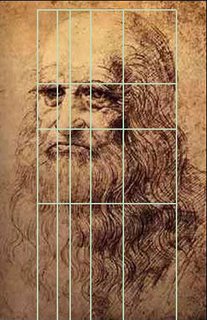
Leonardo da Vinci
On a webpage titled “Bizarre True Facts from The Da Vinci Code . . .”, Brown writes that Leonardo was a “prankster and genius” who is “widely believed to have hidden secret messages within much of his artwork.” Widely believed by whom? It’s difficult to find any reputable art scholar or historian who would agree with that remark. But according to Brown, “most scholars agree that even Da Vinci's most famous pieces—works like The Mona Lisa, The Last Supper, and Madonna of the Rocks—contain startling anomalies that all seem to be whispering the same cryptic message.”
First, no scholar would ever refer to the great Italian artist as “Da Vinci” since his given name was “Leonardo”; “da Vinci” indicates the province he was from. Secondly, few, if any, scholars would concur with Brown’s dramatic assertion. Thirdly, there are no “startling anomalies” in any of the paintings Brown mentions. Any such anomalies can only be found in his novel and conspiracy-heavy books such as The Templar Revelation, which happens to be the source of almost all of Brown’s “research” into Leonardo. As for the cryptic message, which one is Brown referring to? He claims the Mona Lisa is an androgynous self-portrait, insists The Last Supper depicts Mary Magdalene at the right of Jesus, and claims Madonna of the Rocks (better known as The Virgin of the Rocks) depicts John the Baptist scandalously blessing the Christ-Child.
Brown’s site states that this cryptic message “hints at a shocking historical secret which allegedly has been guarded since 1099 by a European secret society known as the Priory of Sion.” Nevermind that the Priory of Sion was founded in the 1950s in France by a political radical, that its mysterious history is an admitted fabrication, and that it has been proven more than once to be a complete hoax. And yet the Priory of Sion is a central element in the plot and logic (so to speak) of The Da Vinci Code.
No comments:
Post a Comment